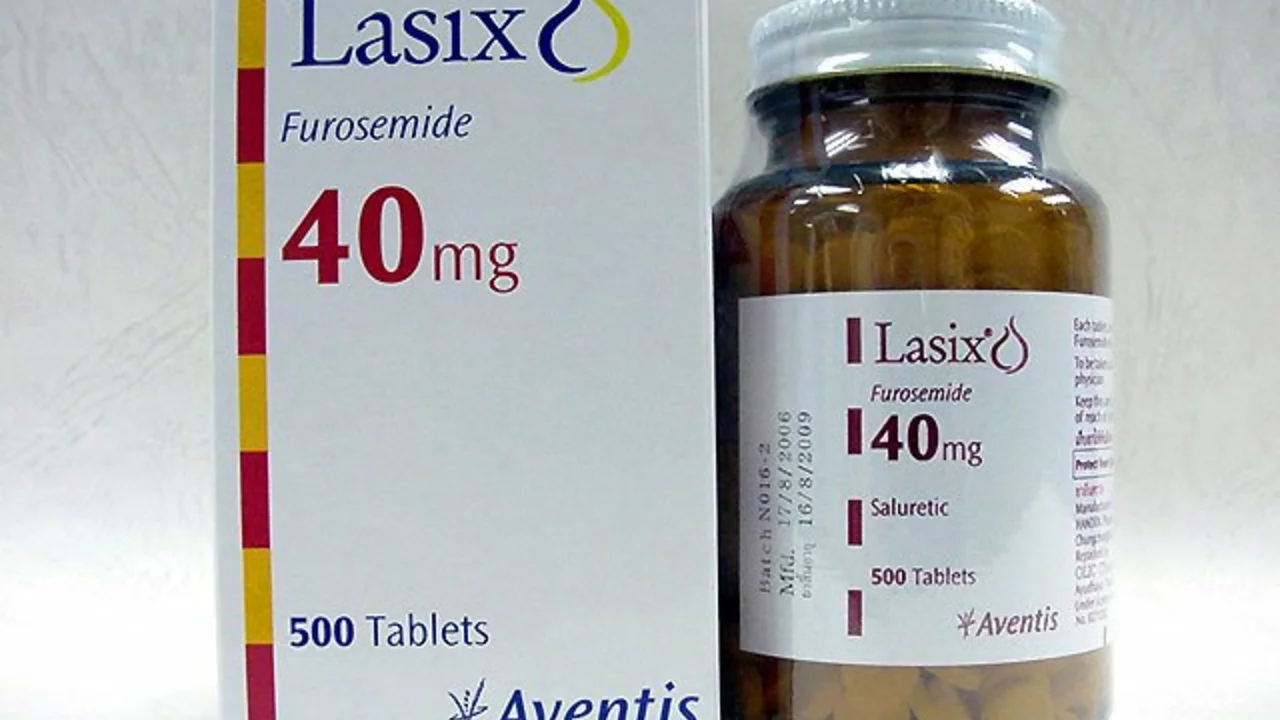Furosemide: The Essential Guide to This Common Diuretic
If you’ve been prescribed furosemide, you’re probably wondering what it actually does and how to use it safely. Furosemide is what’s called a loop diuretic—a fancy term for a medicine that helps your body get rid of extra water and salt by boosting urine production. It’s often prescribed for conditions like swelling (known as edema) caused by heart, kidney, or liver problems, and to control high blood pressure.
How Furosemide Works and What to Expect
Furosemide acts quickly, usually within an hour after taking a pill. By increasing urine output, it helps flush out excess fluid that can weigh you down or strain your heart. This makes breathing easier if you have lung congestion and lowers blood pressure by reducing the volume of fluid your heart has to pump. Keep in mind, though, that because it makes you pee more, you’ll want to time your doses so you’re not stuck rushing to the bathroom all night.
Tips for Using Furosemide Safely
Before starting furosemide, it’s important to have your doctor check your kidney function and electrolyte levels, especially potassium and sodium. This medicine can cause imbalances, which might make you feel weak or dizzy. Eating potassium-rich foods like bananas or spinach can help unless your doctor says otherwise. Also, dehydration is a risk if you lose too much fluid, so stick to your healthcare provider’s advice on how much to drink.
Don’t forget to tell your doctor about any other medications you’re taking. Some drugs, like certain blood pressure meds or lithium, can interact badly with furosemide. Regular check-ups are key to making sure the medicine is working well and not causing unwanted side effects.
In short, furosemide can be a real help when dealing with fluid overload or high blood pressure. Just use it carefully, follow your doctor’s guidance, and keep an eye on how you feel. If you notice symptoms like extreme thirst, muscle cramps, or confusion, reach out to your healthcare provider quickly. Managing furosemide right means you get all the benefits without the hassle.
A Guide to Furosemide for Children: Benefits and Risks
I've recently delved into the topic of Furosemide use in children, a medication primarily used for treating fluid build-up due to heart failure, liver scarring, or kidney disease. The benefits of this drug include its ability to help the body get rid of excess fluid, improving symptoms like breathing problems or swelling. However, it isn't without risks. Potential side effects can include dehydration, electrolyte imbalance, or even kidney problems. It's crucial to weigh these pros and cons with a healthcare professional before starting treatment.
READ MORE
